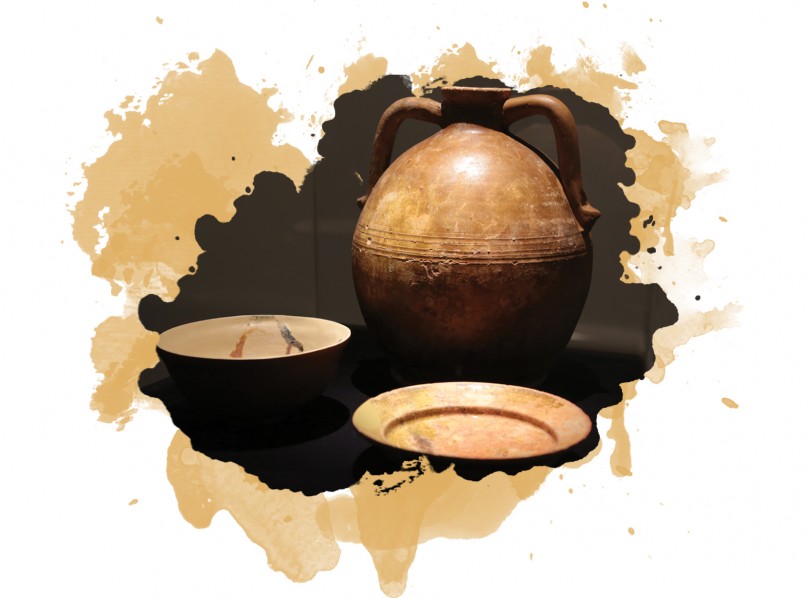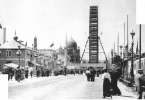In 2006, a shipwreck was discovered on the southern coast of Mljet Island off Dubrovnik shore. A few months later,
an underwater research was launched in the area. Dives conducted at depths around 40 meters revealed that the ship was a Venetian merchant ship with rows and sails. An expert team comprised of diver archaeologists and scientists from Croatian and Italian universities, started to uncover the artifacts meticulously. The underwater research has been conducted by Croatian Conservation Institute Department of Underwater Archaeology since 2007
with financial support from Republic of Croatia Ministry of Culture. Between 2010 and 2012, a group of underwater
archaeologists from Venice Ca Foscari University contributed in the research conducted by Croatian archaeologists.
At the end of persevering efforts, 90 percent of the shipwreck was recovered. Exhibition phase followed the required
care, repair and restorations.
OTTOMA N-VENICE CERAMICS TRADE
The shipwreck discovered in the Adriatic Sea is significant for shedding light on the ceramics trade between Ottoman
and Venice in the history. Discovery of coins dating back to Murad III, Selim II and Sultan Suleiman the Magnificent
periods in the ship thought to have sunken between 1580-90, prove that the ceramics trade has a rooted history.
Among artifacts discovered in the shipwreck are cannons, artillery, various ceramic objects, glass objects, lamps
and amphoras. According to the experts, the real treasure in the ship are Iznik tiles and ceramics. 53 pieces of artifacts discovered at the depths of Adriatic Sea included plates with marksman, grape bunch, screen, assionflower, and phoenix designs; pitchers with cintemani pattern and wind rose covers. The most spectacular and significant artifacts among these objects are six rare small syrup bowls made in Iznik. President of Turkish Foundation of Underwater Archaeology Oğuz Aydemir stated the following on the artifacts discovered in the shipwreck: “43 meters of silk fabric from a steel chest, glassware made in Murano Island and chandeliers stand out among the artifacts discovered in the wreck. These artifacts are of utmost value to show the splendor of the Ottoman palace.”
FIRST ZAGREB THAN ISTANBUL
At the end of protracted efforts, exhibition Ottoman in the Depths of the Adriatic Sea- Iznik Tiles was organized
by collaboration of Yunus Emre Enstitüsü, Mimara Museum, CroatianConservation Institute, Dubrovnik Museums and Archaeology Museum, and opened in Mimara Museum in Zagreb in May 2015 by Republic of Croatia Ministry of Culture. Exhibition opened by Croatian Minister of Culture Prof. Berislav Sipus, was attended by Former President of Yunus Emre Enstitüsü Prof. Dr. Hayati Develi, Turkish Ambassador Ahmet Tuta, President of Croatian-Turkish Friendship Association Goras Beus Richemberg, Zagreb Mayor Vesna Kusin, Mimara Museum Director Tugomir Luksic, President of Croatian Institute for Preservation of Natural Resources Mario Braun, and exhibition hosts Igor Miholyek and Vesna Zmaic Kray. Exhibition is expected to be reopened in Istanbul in April.









Leave a Comment